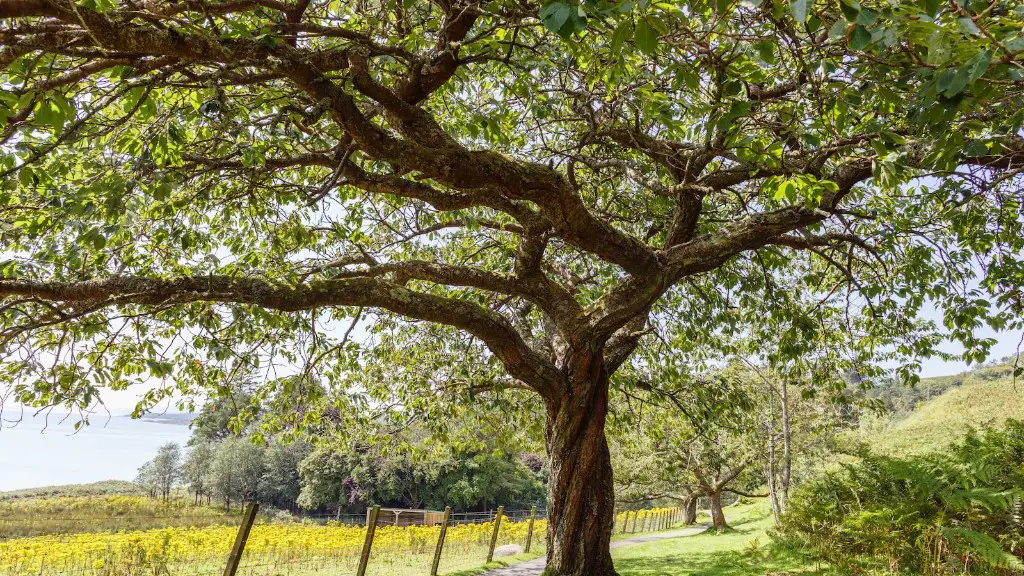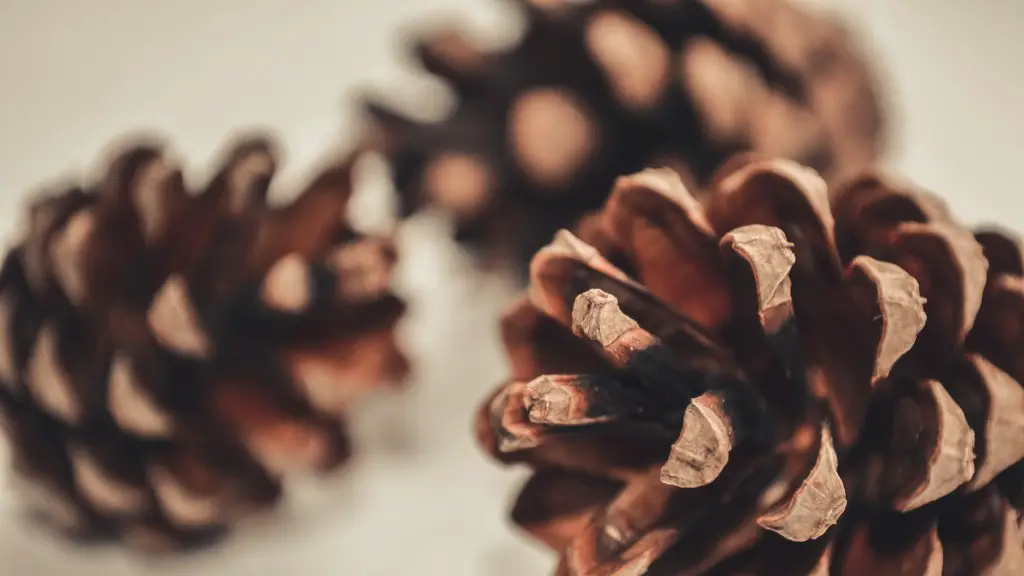Materials
When planting a potted cherry tree, the first step is to gather your materials. When purchasing all-purpose garden soil, a five-gallon pot, and various other tools from the local garden center, make sure to inspect each of these items for any signs of damage or aging. Additionally, if you are up for the challenge, you may find it beneficial to create your own soil mix using peat moss, potting soil, and some compost. Once you have your materials, the next step in planting a potted cherry tree is to prepare the pot.
Prepare the Pot
Make sure to select a container that is big enough to leave at least four inches of space between the sides of the pot and the root of the cherry tree. Before adding the soil, the pot should be lined with newspaper or plastic to prevent any soil from leaking out. Additionally, for the best results, make sure to add several drainage holes to the base of the pot. This will enable water to pass through to the soil efficiently, preventing it from becoming overly wet, which is a common issue when planting potted cherry trees.
Soil Additives
When it comes to planting a potted cherry tree, soil additives can make all the difference. A good soil mix should always contain a combination of mulch, perlite, fertilizer and other nutrients. In addition, the soil should be slightly acidic in order to promote healthy growth. For convenience, it may be helpful to buy soils that already contain the necessary nutrients and additives.
Planting
Once you have the soil and pot prepared, it is time to begin planting. Start by removing the tree from its pot and digging a hole that is twice the size of the root ball. Gently press the soil down around the root ball and make sure the top of the root ball is slightly above the soil. After planting the tree, it is important to saturate the soil with a steady stream of water. This will help the soil settle around the roots and make it easier for the tree to establish itself in its new environment.
Mulching
After the planting process is complete, the next step is to add mulch. Mulch helps to regulate soil temperature and prevents water from evaporating. The best type of mulch to use is wood chips, as this will allow the roots to remain cool and moist. Make sure to spread an even layer around the base of the tree, but do not pile it too high as this can limit oxygen absorption.
Watering
When it comes to potted cherry trees, consistent and careful watering is essential for growth and health. The soil should be kept evenly moist, but not overly wet. The ideal soil moisture should be somewhere between damp and dry. It is also important to use lukewarm water for best results, as it is less likely to shock the newly planted trees.
Fertilization
Fertilization is essential for healthy potted cherry tree growth. After planting, it is recommended to wait about three to four weeks before applying fertilizer. When selecting a fertilizer, make sure to chose one that is suitable for potted trees, as this will ensure optimal growth and health. Additionally, follow the application instructions to ensure the healthy growth and development of your potted cherry tree.
Location
When it comes to ensuring the growth and health of a potted cherry tree, location is key. Choose a spot that will receive at least six hours of light per day, preferably in full sun. Additionally, make sure to select a spot that will not be affected by extreme temperature changes and is solid enough to support the weight of the pot. For best results, try to pick a place that is sheltered from harsh winds and storms.
Trimming
In order to keep your potted cherry tree healthy and strong, regular trimming is recommended. Around the second or third year, start pruning away any shoots that are not producing fruit, as well as any branches that are damaged or weak. Additionally, for best results, trim the tree every year in late winter or early spring when the tree is still dormant. Not only will this help promote healthy growth, but it will also help to maximize fruit production.
Training
Since potted cherry trees grow in a limited space, it is important to ensure that adequate light and air are able to reach all of the branches. To achieve this, try using a basic espalier or U-form design. For trees that are planted in containers, it is recommended to use a four-wire trellis system. This ensures that the tree is anchored securely while also allowing sufficient air circulation throughout the branches. Proper training is key to achieving healthy growth and maximum fruit production.
Protection
Although potted cherry trees are relatively easy to grow and maintain, they can become susceptible to disease and pests if left unprotected. To prevent this, make sure to inspect the tree regularly and remove any insects that may be present. Additionally, if you live in an area with cold winters, invest in a winter wrap or hothouse to help keep the tree warm and protected. By providing adequate protection to your potted cherry tree, you can ensure healthy growth and a successful harvest come spring.
Fertiliser Amount
When it comes to adding fertilizer to potted cherry trees, it is important to choose a product that is formulated specifically for potted plants and follow the directions on the package. Generally, it is recommended to add about one cup of fertilizer for each foot of the tree’s height. The amount and type of fertilizer may vary depending on the tree’s size and age, so make sure to follow the instructions carefully for best results.
Regular Maintenance
Regular maintenance is essential for the growth and health of potted cherry trees. During times of intense heat, make sure to provide extra water, as potted cherry trees are prone to drying out quickly. Additionally, it is recommended to add fertilizer regularly throughout the growing season to ensure optimal growth. Proper pruning, mulching and insect control will also help to maintain a healthy and productive potted cherry tree.
Harvest
Patience is key when waiting for your potted cherry trees to produce fruit. Generally, it can take up to three or four years for a potted cherry tree to be productive. As the fruit begins to ripen, make sure to harvest it regularly as cherries can spoil quickly if left on the tree for too long. Additionally, for best results, wait for the cherries to turn a deep red, as this is an indication that the fruit has reached its peak sweetness.


